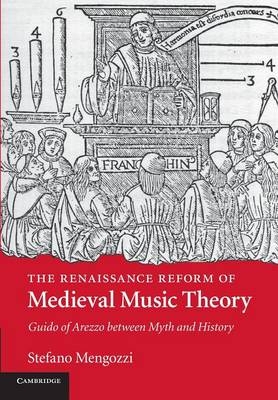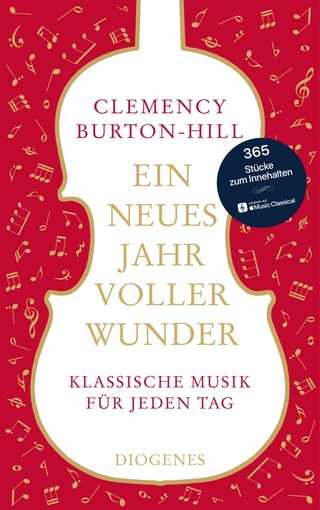
The Renaissance Reform of Medieval Music Theory
Cambridge University Press (Verlag)
978-1-107-44257-3 (ISBN)
Modern scholars have often portrayed the method of hexachordal solmization - the sight-singing method introduced by the 11th-century monk Guido of Arezzo - as the diatonic foundation of early music. Stefano Mengozzi challenges this view by examining a representative sample of the primary sources of solmization theory from Guido of Arezzo to Gioseffo Zarlino. These texts show that six-syllable solmization was only an option for sight-singing that never imposed its operational 'sixth-ness' onto the diatonic system, already grounded on the seven pitch letters. It was primarily through the agency of several 'classicizing' theorists of the humanist era that the six syllables came to be mistakenly conceived as a fundamental diatonic structure - a 'hexachord' built from the 'tetrachord' of the Ancient Greeks. The book will be of particular interest to readers seeking to deepen their knowledge of medieval and Renaissance musical thought with an eye to major intellectual trends of the time.
Stefano Mengozzi is Associate Professor at the School of Music, Theatre and Dance, University of Michigan.
Introduction: Guido's hexachord: old facts and new questions; Part I. Guidonian Solmization in Music Theory and Practice: 1. Guido's musical syllables: conflicting views from modern historiography; 2. Inside the gamut: Guido of Arezzo and Hermannus Contractus on the major sixth; 3. Hands off! Singing without syllables in the Middle Ages; 4. The making of a system: medieval music semiotics in transition; Interlude: All hexachords are 'soft'; Part II. Reforming the Music Curriculum in the Age of Humanism: 5. Back to the monochord: church reform and music theory in the 15th century; 6. Normalizing the humanist: Johannes Gallicus as a 'Follower of Guido'; 7. Gafori's hand: forging a new Guido for a new humanist culture; 8. Hexachordal theory and deductive method in Gioseffo Zarlino's Dimostrationi harmoniche (1571); Epilogue: Discarding the Guidonian image of early music; Bibliography.
| Zusatzinfo | Worked examples or Exercises; Printed music items |
|---|---|
| Verlagsort | Cambridge |
| Sprache | englisch |
| Maße | 170 x 244 mm |
| Gewicht | 490 g |
| Themenwelt | Kunst / Musik / Theater ► Musik ► Klassik / Oper / Musical |
| Kunst / Musik / Theater ► Musik ► Musiktheorie / Musiklehre | |
| ISBN-10 | 1-107-44257-5 / 1107442575 |
| ISBN-13 | 978-1-107-44257-3 / 9781107442573 |
| Zustand | Neuware |
| Haben Sie eine Frage zum Produkt? |
aus dem Bereich


